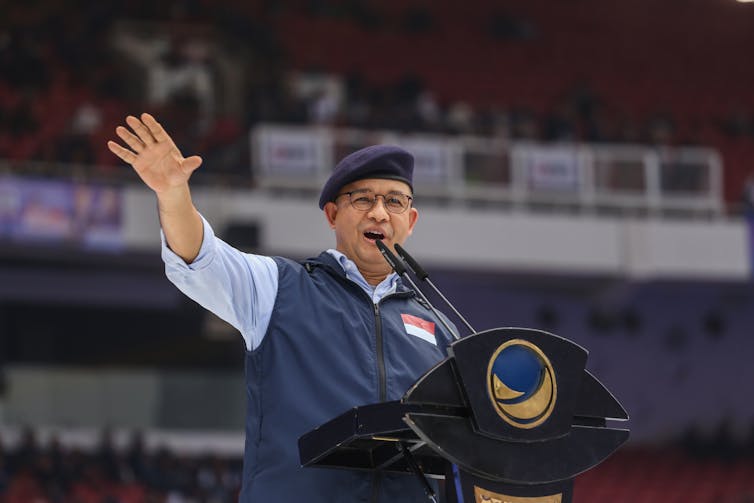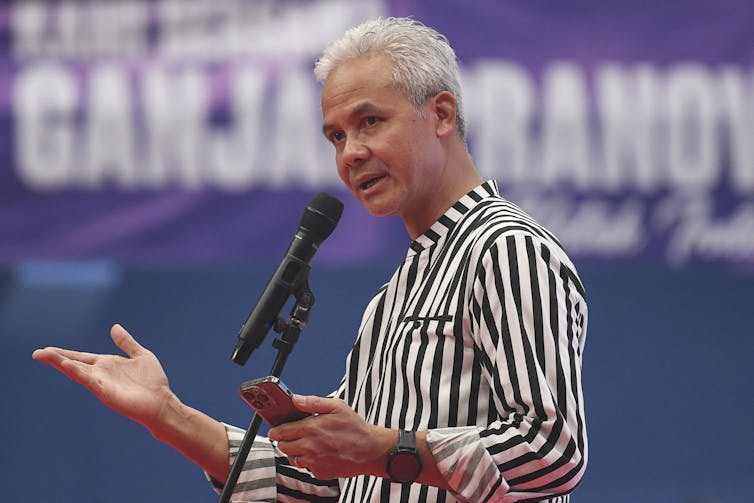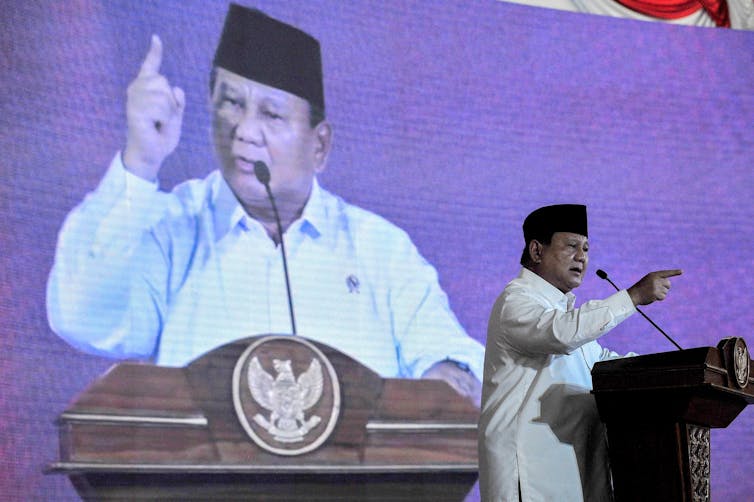Indonesia, the world’s third-largest democracy, will hold the planet’s biggest one-day election next year. More than 200 million voters in Indonesia and 1.75 million members of the Indonesian diaspora will go to the polls on February 14, 2024 to elect the country’s next president and vice president, as well as legislators and councillors at both national and regional levels.
The total number of voters expected accounts for 74% of the total population of this, Southeast Asia’s largest economy.
The registration for presidential and vice presidential candidates will be open from October 19 to November 25, 2023.
But already the names Anies Baswedan, Ganjar Pranowo, Prabowo Subianto have emerged as leading candidates who are expected to run. And many have predicted that 53-year-old Anies will be the front runner in the race.
Anies is a popular former governor of Jakarta who is endorsed by hardline Islamist groups. This support helped him win the 2017 Jakarta gubernatorial election.
Anies does not represent a single political party, but his candidacy has been endorsed, so far, by Nasdem Party, Indonesia’s fifth-largest political party, Islamist-based Prosperous Justice Party (PKS) and opposition Democratic Party.
Together, the coalition holds a total of 25.03% parliamentary seats, more than the 20% presidential threshold required for a party or coalition of parties to be able to endorse a candidate.
However, some experts have warned the coalition was weak and could easily break up and leave Anies out in the cold.
A study has shown his political image remains positive with the majority of the population, thanks to media coverage. He is framed as intelligent, polite, firm and religious.
Another study indicates Anies has obtained the most public support of potential candidates ahead of the 2024 presidential election.
Ganjar Pranowo, the Central Java governor, has secured a presidential ticket from his party, the Indonesia Democratic Party of Struggle (PDI-P), the country’s largest political party and the party of sitting President Joko “Jokowi” Widodo.
Analysis of public sentiment towards Ganjar’s potential candidacy in 2024 has shown he too is viewed positively. Ganjar is seen as the safest, if not strongest, candidate. The PDI-P holds 22.26% of parliamentary seats and is the only party that does not need to form a coalition to nominate president and vice president candidates.

Ganjar is seen as sharing Jokowi’s characteristics: a civilian with a down-to-earth communication style. And he comes from Central Java, just like Jokowi, which may be important to many voters.
It will be the third time in the race for Prabowo Subianto should he content the presidency, having previously lost Jokowi twice. He also lost in the 2009 vice presidential race as the runningmate of PDI-P chairwoman Megawati Soekarnoputri.
Former army general Prabowo is the leader of the Gerindra Party, the second-largest in the parliament. Jokowi appointed him as the Minister of Defence in 2019.
Prabowo has long been linked to the kidnapping and disappearance of students and activists who opposed Suharto’s authoritarian regime in the late 1990s. At that time, he was the commander of the Indonesian Army Special Forces.
In a number of national surveys Prabowo comes out on top, slightly ahead of Anies and Ganjar.
The youth vote
One interesting aspect in the Indonesia 2024 elections is that the young generation (aged 22-30 years) will dominate at 56.4% or around 114 million of the total voters nationwide. Half of them will be first-time voters. A key question will be whether they are willing to participate or not.
A study conducted by the Centre for Strategic and International Studies (CSIS) in August 2022 revealed that young voter participation in the 2019 election was 91.3%, up from 85.9% in the 2014 election.
But when asked about their views, the percentage of young people who declared an interest in politics was a mere 1.1%. Many young voters were undecided, pessimistic about the political situation and lacking in trust of the political elite.
Another study estimated that Indonesia’s younger generation tends to be apathetic about political developments and not as nationalistic as other generations in the country.
Young voters also could not be easily driven by their families’ favouritism towards certain candidates. This pattern is different from previous elections.

Since the number of young voters is huge, political parties and potential candidates have started to implement social media strategies to attract them.
The simultaneous election
This will be the second time Indonesia has held presidential and legislative elections at the same time. The legislative elections will consist of votes to the national-level council and the House of Representatives as well as regional legislative bodies.
Some scholars are question this approach as it is considered complicated – even more complex than it was in 2019 elections – and may confuse many voters. It is also burdensome for election organisers.
For the first time, polling day will be in the country’s rainy season. This could bring tough logistical challenges because in Indonesia, heavy rains can easily trigger floods and landslides.
The system
Since the 2009 general election, Indonesia has implemented an open proportional election system - voters directly vote for candidates for legislative members listed on their ballot papers.
This system differs from the closed proportional system previously implemented from 1971 to 1997 – where voters voted for the political parties, and then the parties internally select candidates for the legislative seats.

With the open proportional system, the election gives voters more power over political parties to choose who will get the seats. Efforts by some to restore the closed system were stopped by the Constitutional Court.
Hoaxes, misinformation and social media
Indonesia faces complicated challenges related to the spread of fake news or disinformation, with many studies indicating that intentioanally misleading camapigns are thriving on social media.
Indonesia has the second-largest audience globally on TikTok. The country’s Ministry of Communication and Information has found 425 hoaxes spreading on social media during first quarter of this year, up from 393 findings in the same period of 2022.
Misinformation and disinformation on social media are rampant ahead of the 2024 election. Given the scale of the poll and the lack of content moderation on platforms the impact of this activity could well be highly significant. The world’s biggest one day election may become dominated by a struggle to contain rampant anti-democratic influences.
This article was originally published on The Conversation. Read the original article.







